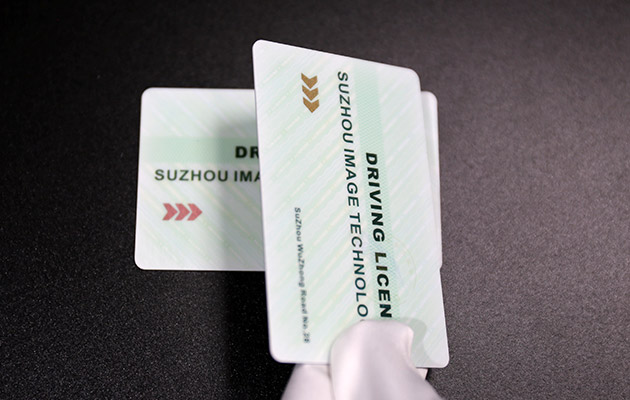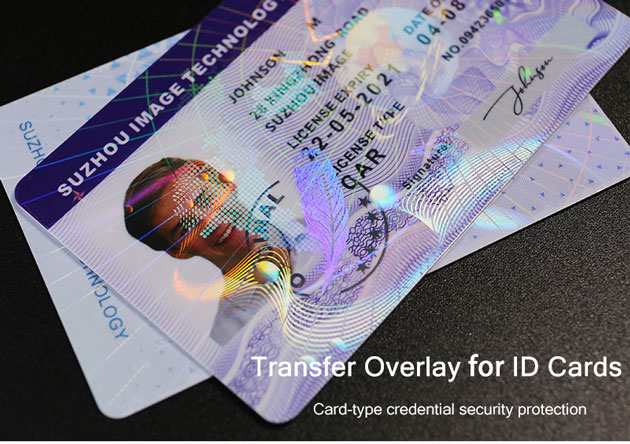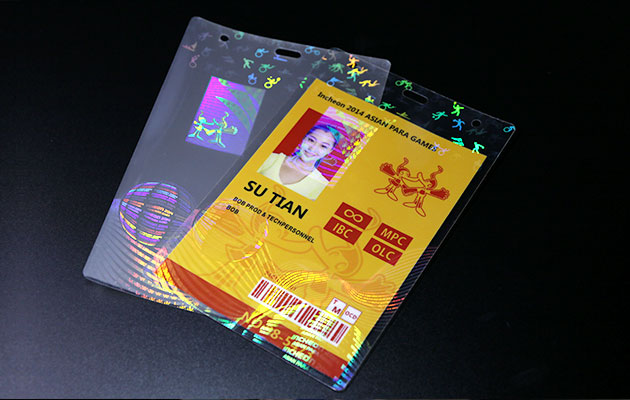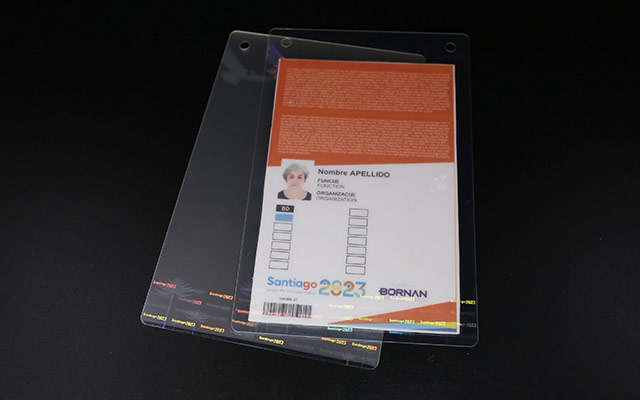Optical PVC card production is a widely used form of secure printing for plastic cards such as ID cards, membership cards, access cards, and bank cards.
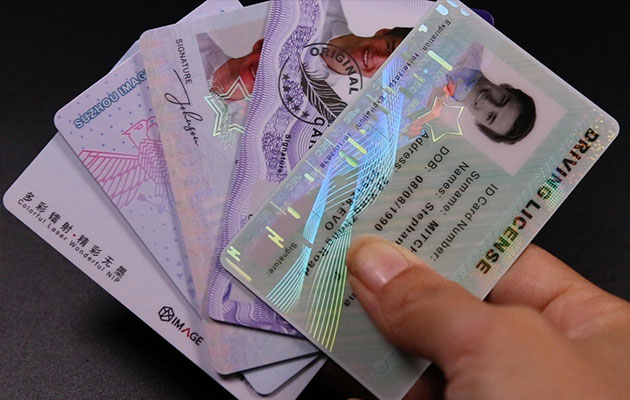
As a mainstream manufacturing process, lamination technology delivers both durability and strong security performance. The following explains the main production steps and workflow for optical PVC anti-counterfeit cards.
1. Material and Equipment Preparation
The key materials for production include PVC sheets, optical security embedded overlays, and printing consumables.
The main equipment consists of laminating machines, printers, stainless steel plates, and cutting or punching machines.
The laminating machine and steel plates play critical roles. By using plates with different surface treatments, manufacturers can achieve several visual effects, including glossy, matte, frosted, or textured finishes.
2. Card Design and Plate Making
The process starts with card template design. Designers consider the card’s purpose, material, appearance, and dimensions. They usually create templates using professional software such as Adobe Illustrator or CorelDRAW.
After design approval, technicians move on to plate making and printing, which prepares the card for the next lamination stage.
3. Lamination Process
Depending on the card’s use, the lamination process falls into two main types.
(1) Standard Printed Cards
Manufacturers stack printed PVC sheets with ordinary films and separate them with steel plates. Then, they laminate the sheets under high temperature and pressure. After cooling, the laminated sheets move on to the cutting stage.
(2) Optical Security Cards
In this process, manufacturers add an optical embedded overlay on top of the printed layers. Professional optical security suppliers custom-produce these overlays, ensuring precise alignment during lamination.
These cards often feature holograms, dynamic optical patterns, and other visual security elements, which significantly improve anti-counterfeiting performance.
Throughout lamination, operators carefully control temperature and pressure according to the material type and sheet thickness. This ensures a stable card structure and a smooth, flat surface.
4. Cutting and Post-Processing
After lamination, large sheets are cut or punched into standard card sizes. High-precision cutters help maintain smooth, clean edges.
Additionally, manufacturers often apply personalization processes such as hot stamping, embossing, laser engraving, or variable data printing. These steps enhance both the functionality and visual appeal of each card.
5. Quality Inspection
In the final stage, technicians perform a comprehensive quality check. They inspect:
- Card dimensions
- Surface condition
- Printing clarity
- Optical security performance
Only cards that pass all inspections proceed to delivery or market release.
6. Applications and Industry Standards
The PVC embedded lamination card production process is complex and requires strict quality control at every stage.
This process is widely used in government ID projects, financial systems, major events, and social security programs, where precision and data security are essential.
Suzhou Image Technology has focused on optical security for over 30 years. The company has supported numerous government and enterprise projects with proven expertise.
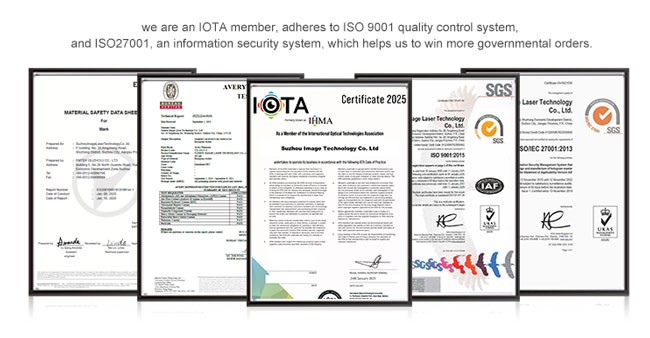
Certified to ISO 9001 (Quality Management System) and ISO 27001 (Information Security Management System), and as a proud member of the International IOTA Organization, Suzhou Image provides secure, high-quality optical PVC anti-counterfeit card solutions to clients worldwide.
7. Advantages of PVC Cards
PVC cards offer many advantages:
- Lightweight and waterproof
- Wear-resistant and easy to clean
- Heat-tolerant and long-lasting
When combined with optical anti-counterfeiting technology, these cards gain extra protection against forgery and tampering.
Therefore, PVC laminated cards have become a popular and reliable solution for modern identity verification and anti-counterfeiting applications.

